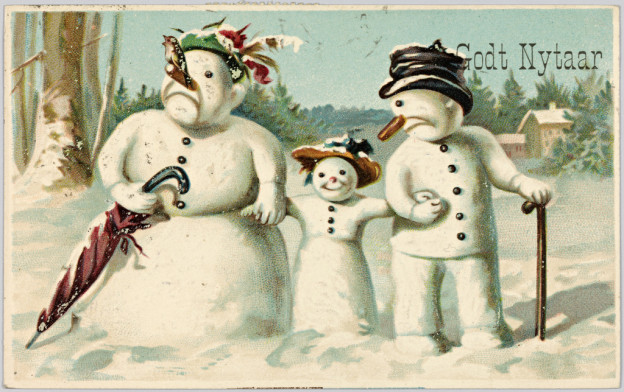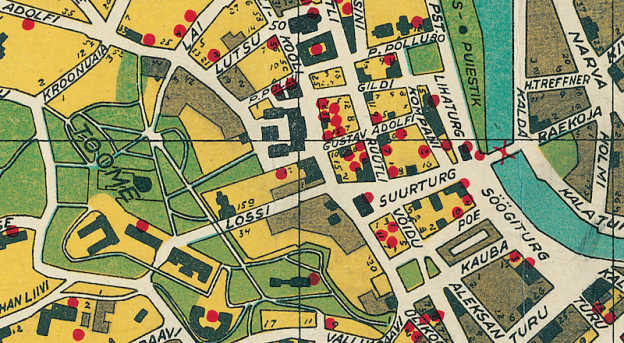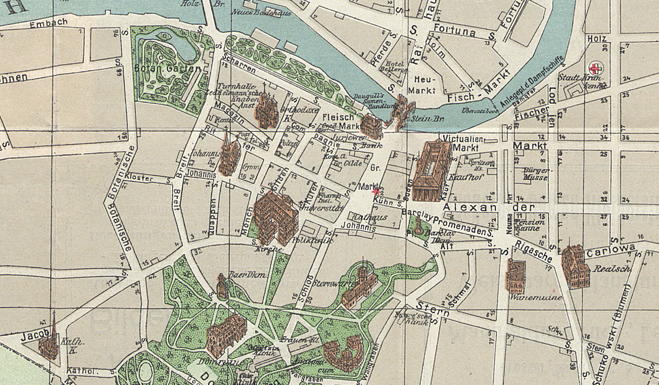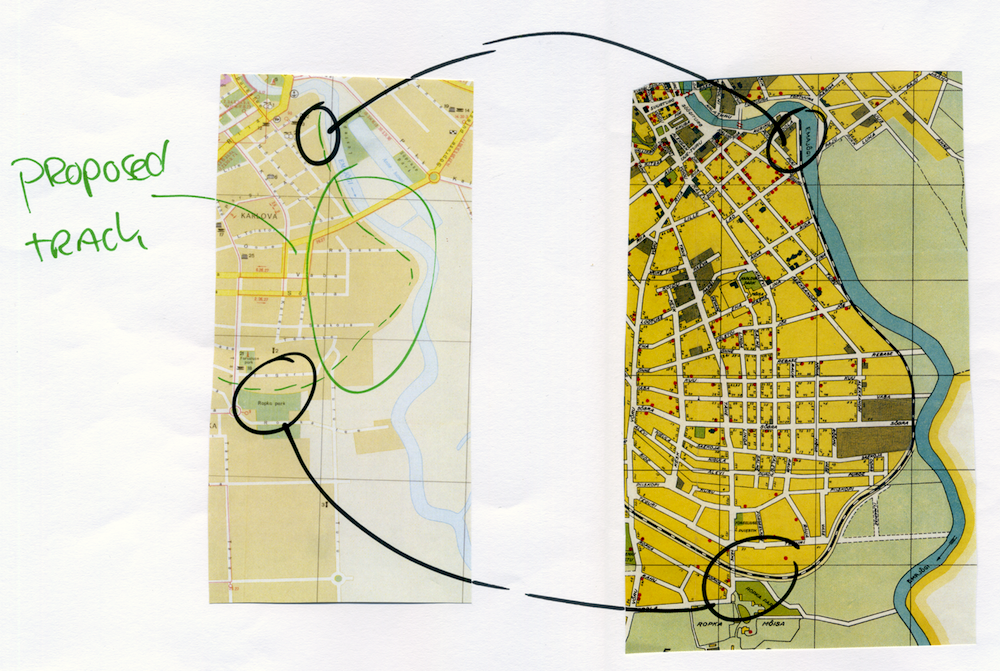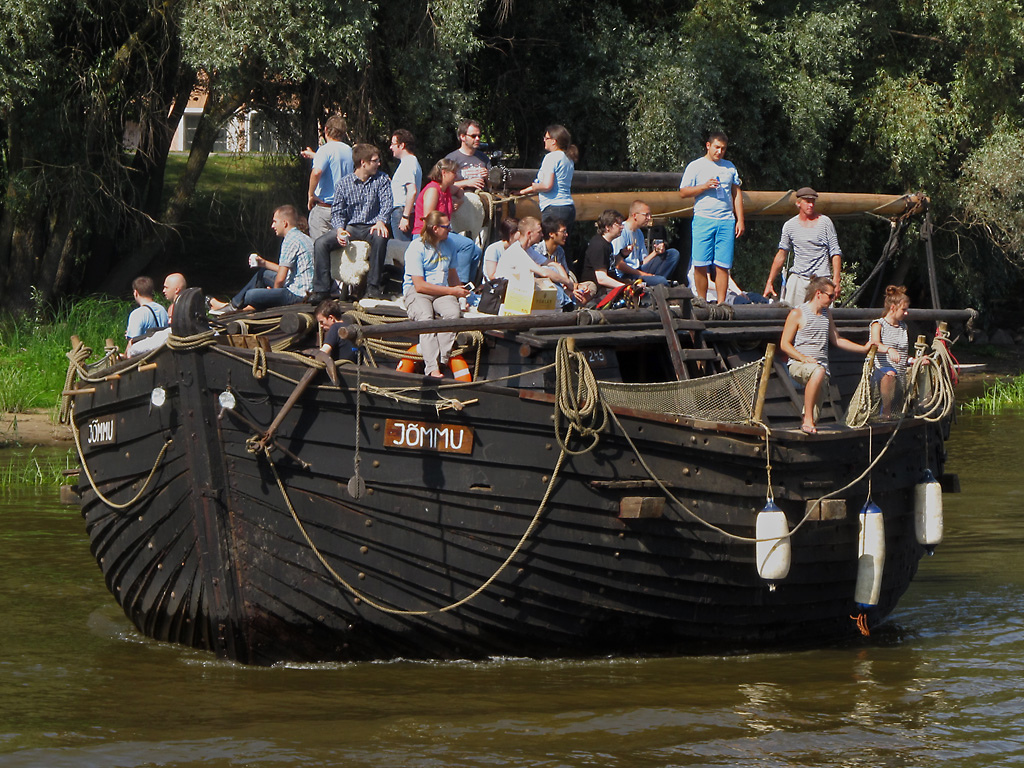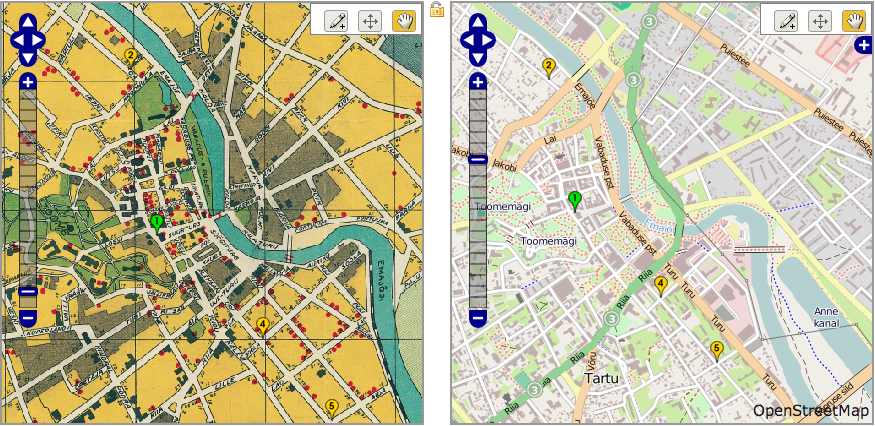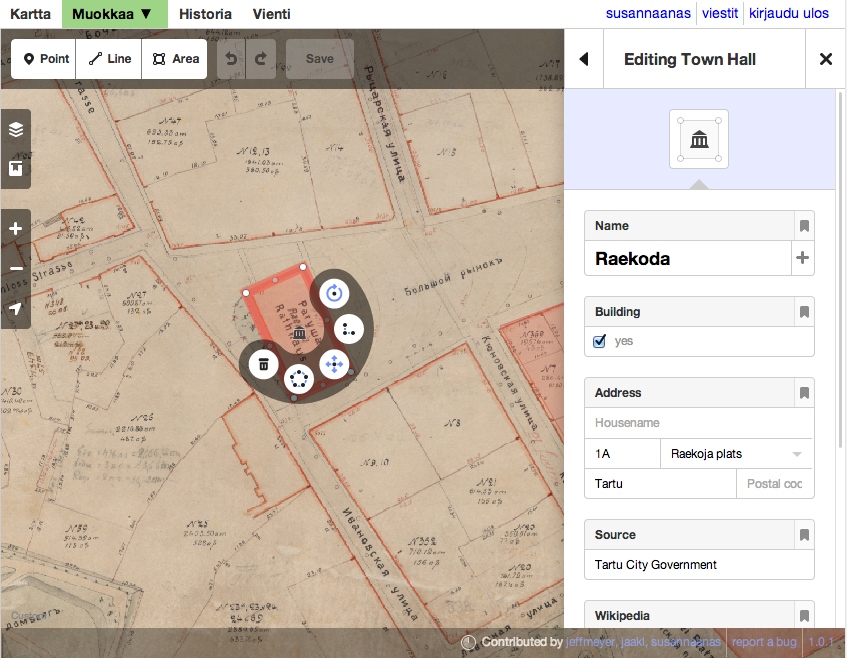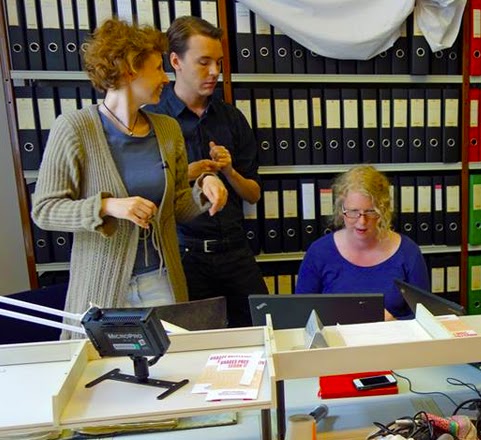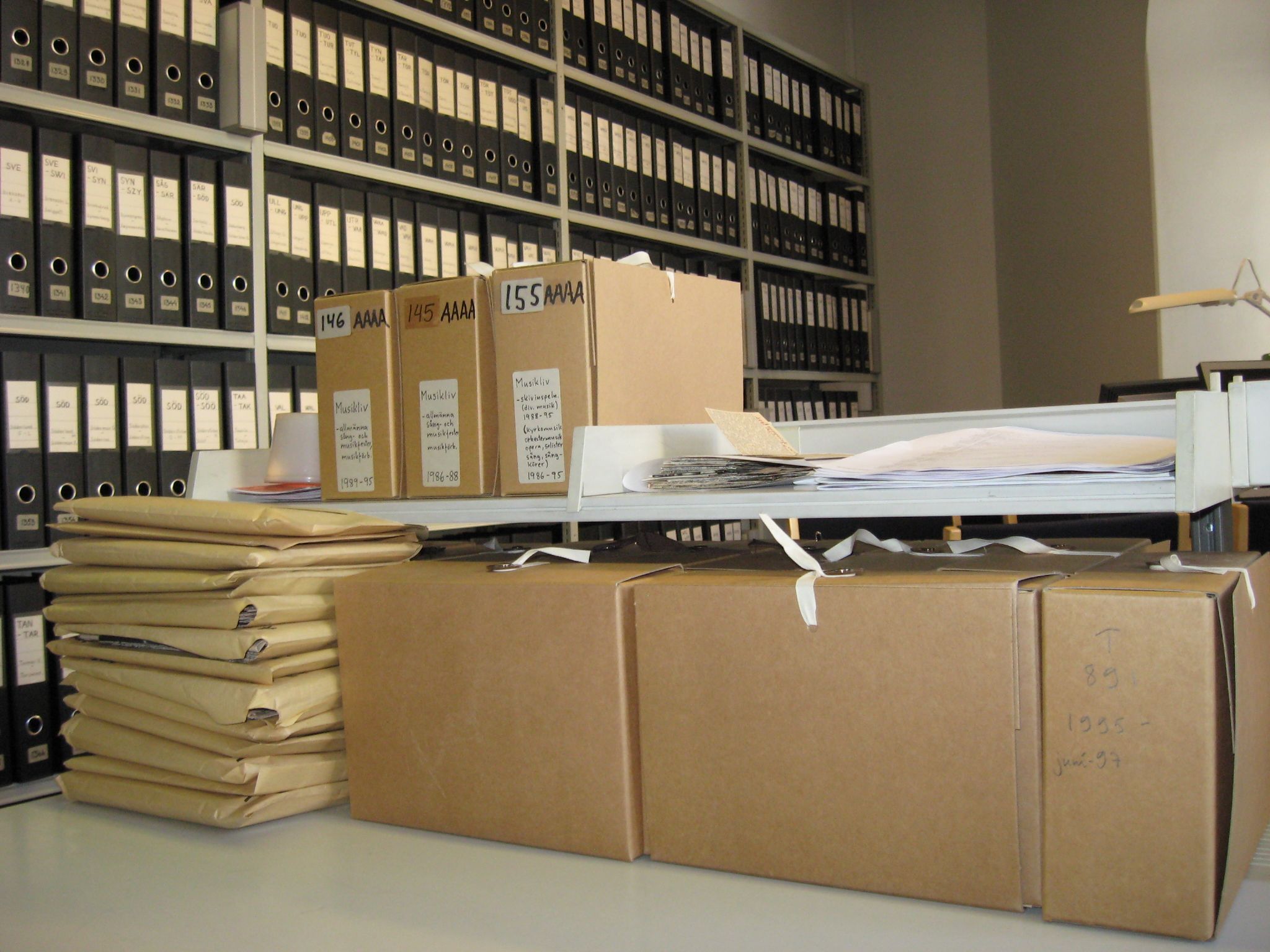More than 50 students of journalism and mass communication, literature, art education, art history, museology, architecture and others are gathered at Kiasma, the museum on contemporary art in Helsinki. Wikimaraton is about to start. During 24 hours of the day and the night, the participants will improve the old and start new Wikipedia articles on contemporary art.
3 pm, February 1st, 2013
Wikimaraton starts with introductions. Arja Miller from Kiasma outlines the collections and the nature of the event. Wikimedia Finland chair Tommi Kovala describes different types of wikipedians and introduces the editing environment. Kiasma’s collections and history are further explored in sound and image by Leevi Haapala and Jonna Strandberg. Oh, those were the times!
We are taken to tour the library. Kiasma has the country’s most complete collection of exhibition catalogues, a result of an exchange agreement between museums internationally.
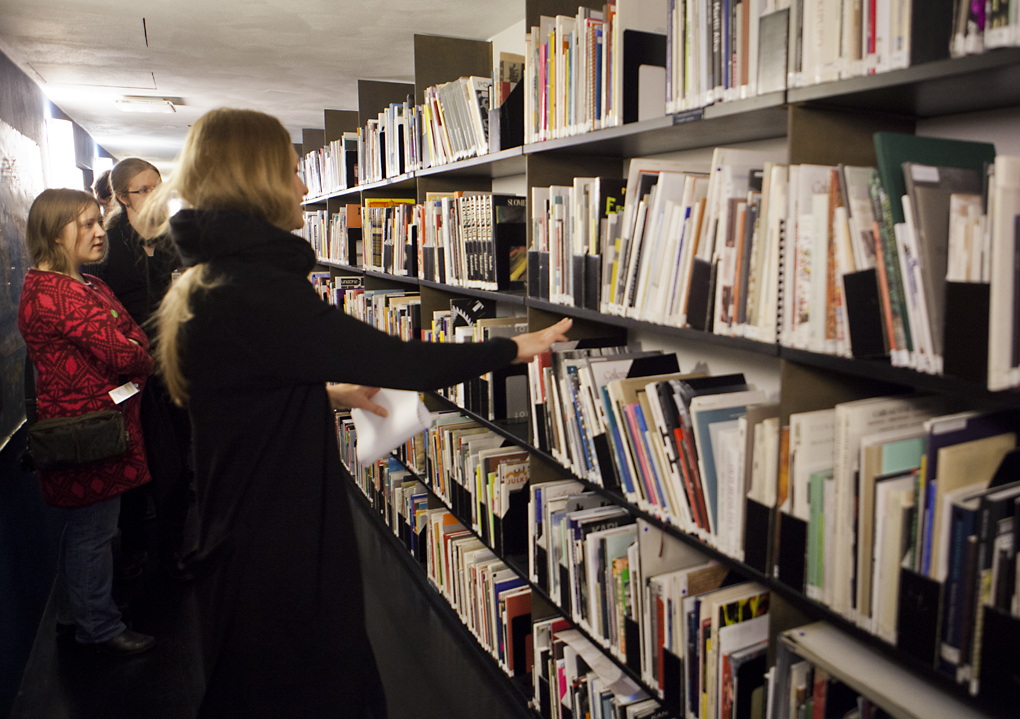
Piia Pitkänen presenting the library. Photo: Petri Virtanen / CAA. CC-BY 3.0
6 pm
The authors enter into writing. Silence and the faint tap on keyboards is interrupted by the presentations of Heikki Kastemaa and Pilvi Porkola. Heikki Kastemaa is an art critic who has contributed to Wikipedia for a number of years. He says that the most difficult thing has been to adopt neutrality, as opposed to criticism art writers are more accustomed to. He guides the participants to the principles of Wikipedia: the use of references, the tone of voice, neutrality.

Writing has started. Photo: Kimmo Virtanen. CC-BY 3.0
Pilvi Porkola presents the Esitys magazine on performing art. She starts by telling how she met her father when he was moving house. The father was in the process of tearing his books: ”No-one wants to buy these anymore. All information is retrieved from the Internet. At the recycling center they want the books torn.”
While Tommi Kovala presents the works by graphic design students to enhance the infographics in Wikipedia, he is interrupted by an announcement: ”Dear museum guests. The museum will be closed in 15 minutes.” A sigh sweeps the room. Ulpu Pajari continues by telling about the earlier cooperation with Ateneum Art Museum, the national gallery of Finland.
11 pm
The first crisis. User Velma’s comments appear in User KaijaKai’s unfinished article: ”Where are the references?” ”According to whom?” After a short turmoil and placing an {{ Underconstruction }} template in place grinning Velma reports from the other side of the hall. The conflict resolves.

Wikimedia troops at Sanahirviö. Photo: Kimmo Virtanen CC-BY 3.0
midnight
A new event interrupts the quiet work: it’s time for a midnight guided tour. We witness the dark halls of the exhibition, silent Helsinki in the background. We get to take a look at Steven Holl’s original toilet furniture in the women’s restroom between the third and the fourth floors, as well as a huge painting lift, which takes you to the fabulous personnel space overlooking Helsinki.
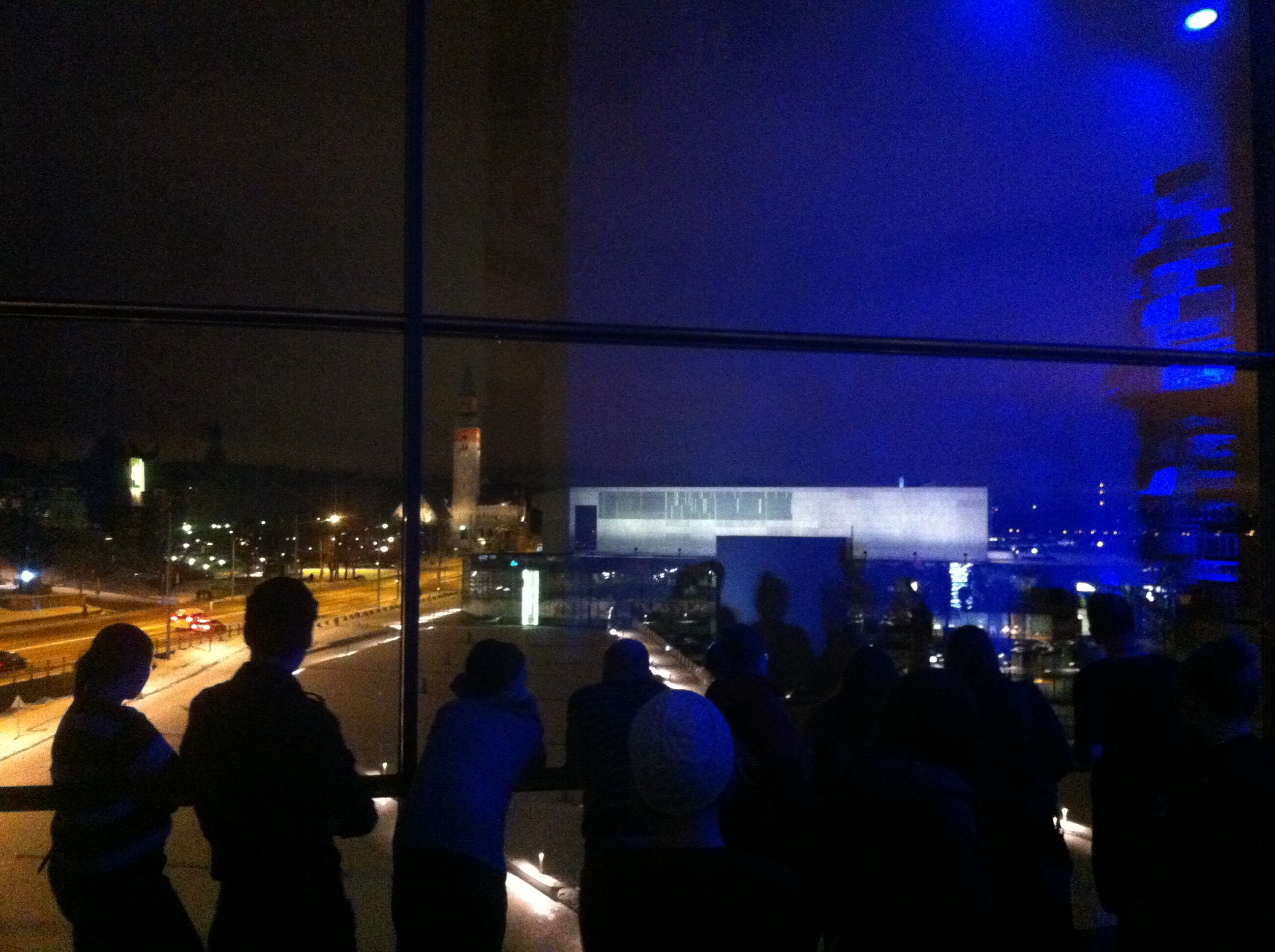
Midnight in Kiasma. Photo: Susanna Ånäs. CC-BY 3.0
2 am
Two in the morning it is time to confess to each other what articles have been made, what difficulties have been encountered. Many admit getting hooked on editing. Some of the personnel go to sleep on their office floor, some participants sleep on the giant cushions in the hall, some sneek home for a nap, others continue editing.

Night at the museum. Photo: Kimmo Virtanen CC-BY 3.0
7 am
Floor waxing begins! The ones that are not woken up by the machines are shaken awake to attend the next event.
7.30 am
Sleepy encyclopedists are refreshed gently by crisp frost on the morning guided tour outside the building. We see that Kiasma is no longer the lantern lighting the environment since the surroundings are buing built. The lighting of the house requires new principles, explain Kiasma’s lighting engineers Heikki Paasonen and Jani-Matti Salo, whose light installation Linear Array illuminates the house.
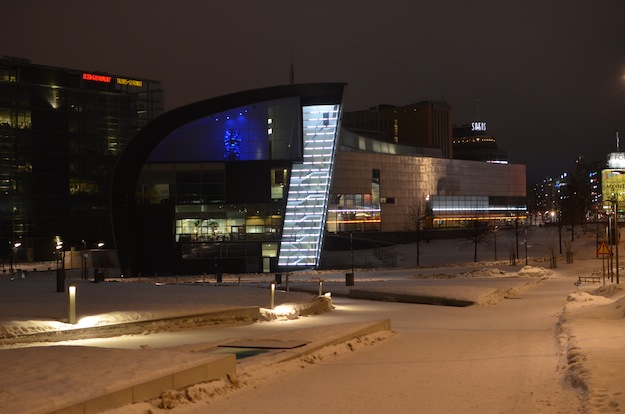
Kiasma early Saturday morning. Photo: Kimmo Virtanen CC-BY 3.0
8 am
An unforgettable brekkie with fresh bread and fruit.
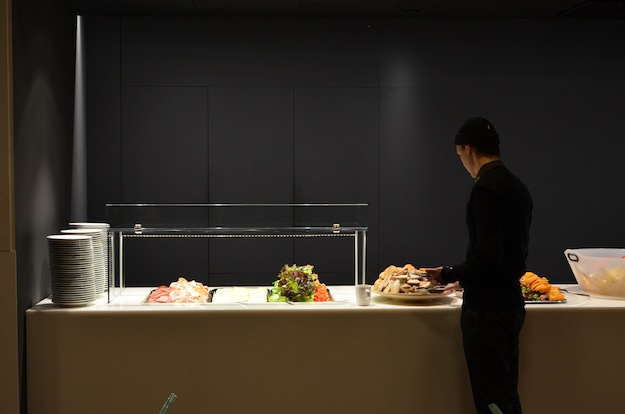
Breakfast rewards the toughest. Photo: Kimmo Virtanen CC-BY 3.0
10 am
The morning brings more presentations. Otso Kantokorpi, Teemu Mäki and Saara Hacklin discuss writing about art. Otso Kantokorpi’s provocation wakes: ”Does such cooperation emphasize Kiasma’s hegemony? Is the integrity of art jeopardized if writers are rewarded by the institution?”
The breakfast is still in mind when Dan Perjovschi, an art world wall scribbler currently exhibiting in Kiasma gives his presentation. His career covers the period from the collapse of Eastern Europe to the economic collapse of Western Europe. His way of writing on the gallery walls is in an interesting way contradictory to Wikipedia. Compared to Wikipedia, he expresses his views on public walls, where only few people can write, while in Wikipedia one must refrain from expressions of opinion, but writing is permissible for anyone. He says that in spite him being political, he is not an activist, but activists are interested in his political opinions. Regarding his role in society he states: ”As an artist I have the history behind me. I descend from Rubens.”
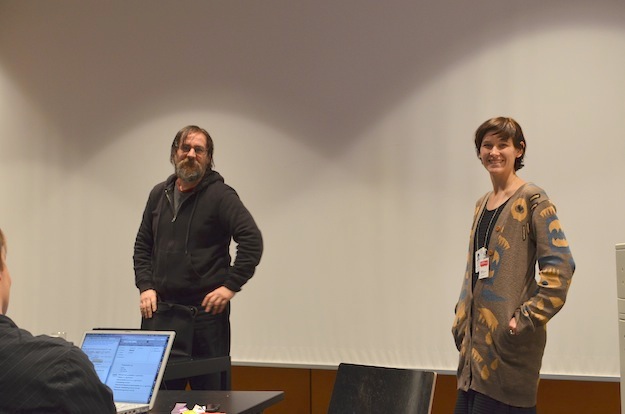
Dan Perjovschi and Maria Rantamaula, who was the one to sleep on the office floor. Photo: Kimmo Virtanen CC-BY 3.0
In the final discussion objections to Otso Kantokorpi’s allegations are easy to argue: the work is not for Kiasma, but for the common good. Everyone rushes to thank each other. Thank you also for the guards!
Wikimaraton was a win-win-win-win-win for Kiasma’s outreach, Wikipedia, open knowledge, connecting visual arts interest groups to name a few. Kiasma’s 5 different sectors produced the event together with a desire to be active in the field of open culture. The work resulted in 68 edited Wikipedia articles, of which 36 new ones.
It is a good start, as in a figure of speech in sports. But wasn’t this a marathon?

